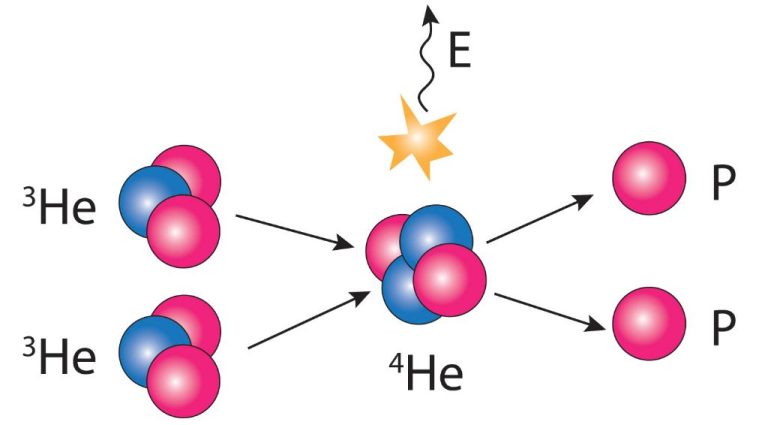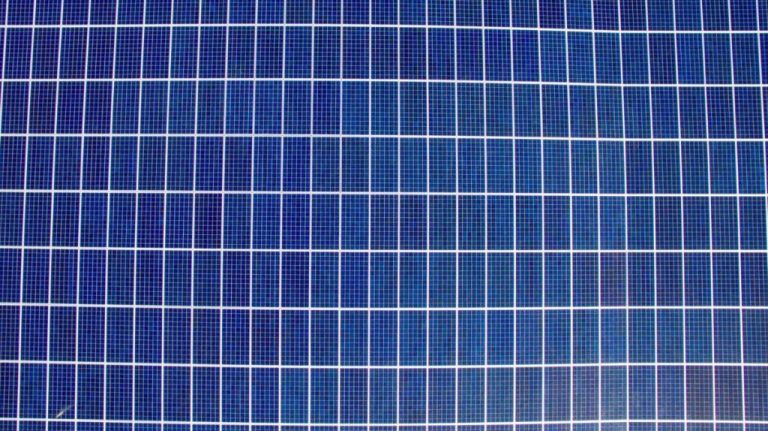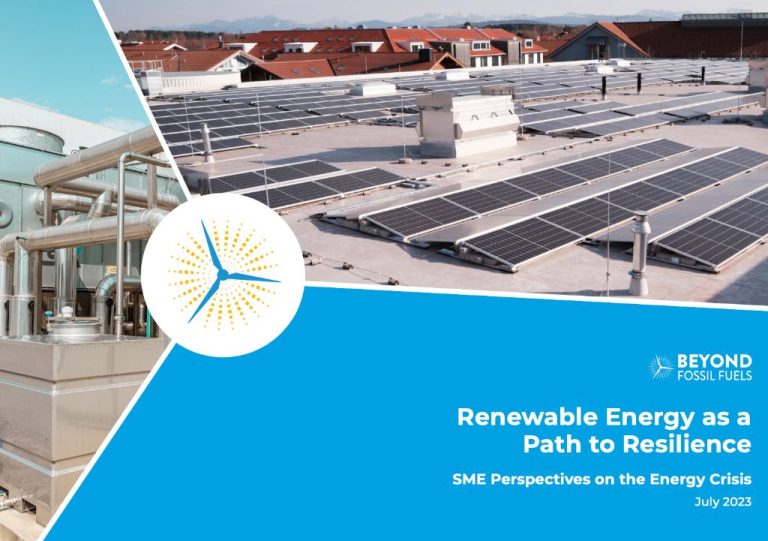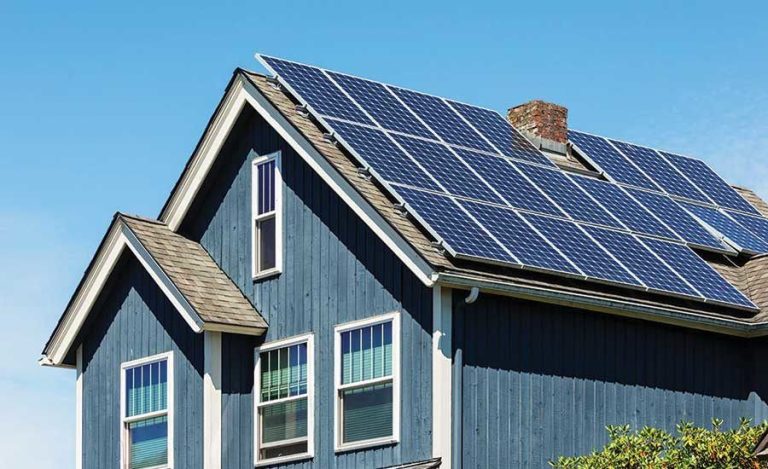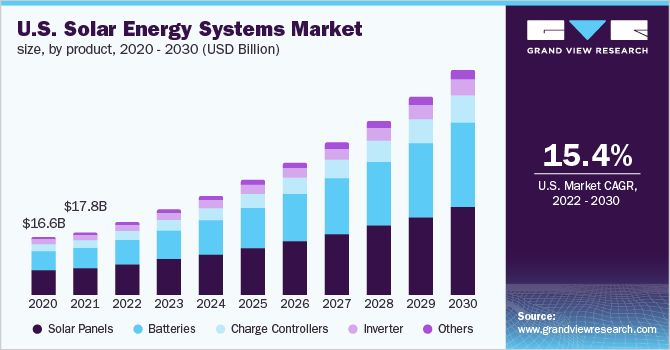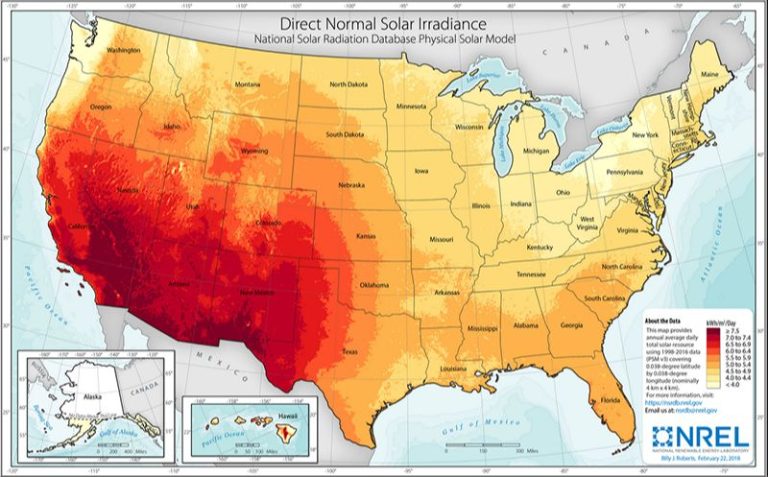Is Renewable Energy Good
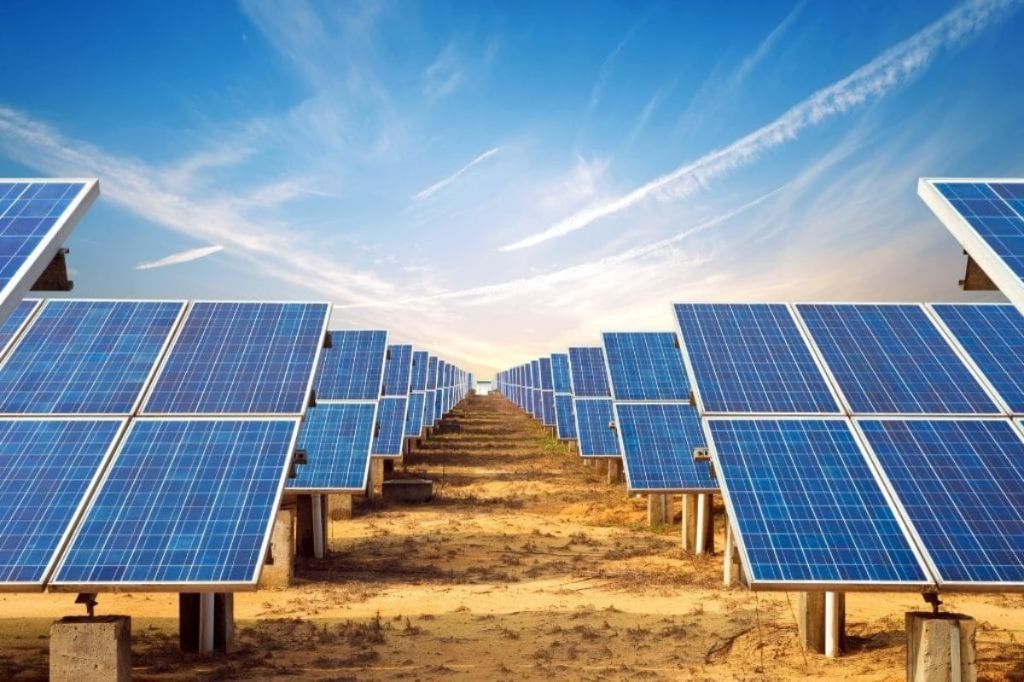
Renewable energy is energy that is generated from natural resources that are continuously replenished, such as sunlight, wind, rain, tides, waves, and geothermal heat (https://www.un.org/en/climatechange/what-is-renewable-energy). Sources of renewable energy are virtually inexhaustible and considered clean sources of energy. There has been growing interest in renewable energy in recent years as a means to combat climate change and reduce reliance on finite fossil fuels like coal, oil, and natural gas. However, the debate around renewable energy involves balancing the benefits like lower greenhouse gas emissions and sustainability against challenges like reliability, storage, and costs compared to conventional energy sources. This article will examine the pros and cons of renewable energy and provide an overview of the current state of renewable energy.
Benefits of Renewable Energy
Renewable energy provides many benefits by reducing reliance on fossil fuels, cutting greenhouse gas emissions that contribute to climate change, creating new jobs, and improving energy access and security.
Unlike fossil fuels such as oil, coal, and natural gas, renewable energy sources like wind, solar, hydropower, geothermal, and biomass energy emit little to no greenhouse gases when converted into useful forms of energy. According to the U.S. Environmental Protection Agency, the combustion of fossil fuels for electricity, heat, and transportation accounted for about 79% of U.S. greenhouse gas emissions in 2020 [1]. Increasing renewable energy generation and use can significantly reduce these emissions and is a key strategy for mitigating climate change.
The renewable energy sector is also a major and growing source of employment. According to the U.S. Department of Energy, there were over 3 million jobs in renewable energy and energy efficiency in the U.S. in 2021, outnumbering fossil fuel jobs by 5 to 1 [2]. Investments in renewable energy create construction, manufacturing, installation, and maintenance jobs.
Because renewable sources can be generated domestically, they improve energy independence and security. Renewables reduce the vulnerability of energy supply to global price and supply shocks from reliance on imported fossil fuels [3]. Local renewable energy production also strengthens grid resilience.
Drawbacks of Renewable Energy
While renewable energy has many benefits, it also comes with some drawbacks and challenges. One major drawback is that the upfront costs of building renewable energy systems can be quite high. According to The Advantages and Disadvantages of Renewable Energy (https://www.energysage.com/about-clean-energy/advantages-and-disadvantages-of-renewable-energy/), technologies like solar panels, wind turbines, and geothermal systems require a large initial investment which can be prohibitive.
Another drawback is that some renewable energy sources like solar and wind are intermittent – their power generation depends on having sun or wind. During calm, cloudy periods, they may produce less electricity. This can make renewable energy potentially less efficient than fossil fuels which provide consistent power output (https://www.greenmatch.co.uk/blog/2021/09/advantages-and-disadvantages-of-renewable-energy).
The intermittent nature of renewables also makes energy storage and transmission more challenging. Effective storage solutions are needed to capture energy during productive periods and discharge it during low productivity. Improved transmission infrastructure can help route renewable power from areas of high productivity to areas of need.
Types of Renewable Energy
There are several main types of renewable energy sources that are in use today:
Solar Energy
Solar energy comes from the sun and is captured through solar panels to generate electricity or heat water. Solar PV panels convert sunlight into electricity, while solar thermal collectors capture heat from the sun. Solar energy is one of the fastest growing renewable energy sources today (source).
Wind Energy
Wind energy utilizes large wind turbines that capture the wind to generate electricity. Wind farms with many turbines are increasingly being used to produce renewable electricity for utilities and homeowners (source).
Geothermal Energy
Geothermal energy taps into the natural heat inside the earth to provide heating or generate electricity. This energy source utilizes hot water or steam from underground that is brought to the surface.
Hydroelectric Power
Hydropower generates electricity by utilizing flowing water – usually from dams – to spin large turbines. The movement of water drives the turbines which are connected to generators.
Biomass
Biomass energy uses organic matter like plants, agricultural waste, or garbage as a fuel source. Biomass can be burned directly for heating or converted to liquid biofuels that can replace oil-based transportation fuels.
Costs of Renewable Energy
The costs of renewable energy have declined significantly in recent years, making it more competitive with traditional fossil fuels.
According to IRENA, between 2021 and 2022, the global weighted average levelized cost of electricity (LCOE) for newly commissioned onshore wind projects fell by 5%, from $0.035/kWh to $0.033/kWh. For utility-scale solar PV, it fell by 13%, from $0.052/kWh to $0.045/kWh.
Looking at historical trends, the LCOE for utility-scale solar PV dropped 82% between 2010 and 2020, while onshore wind dropped 39% in the same period according to Inspire. The costs are projected to continue falling into the future.
In comparison, fossil fuels like coal and gas remain more expensive. The average LCOE for coal is $92.5/MWh and combined cycle gas turbine plants is $56/MWh. This compares to solar PV at $37/MWh and onshore wind at $40/MWh . As renewable costs fall and fossil fuel costs remain higher or increase, renewables become even more competitive.
Growth of Renewable Energy
Renewable energy has seen tremendous growth over the past decade and is projected to continue expanding as costs decrease and policies support adoption. According to the International Energy Agency (IEA), renewables accounted for over 26% of global electricity generation in 2018, with hydro and wind providing the majority of renewable electricity (IEA).
Regionally, some countries generate an even larger share from renewables. For example, Denmark produced 47% of its electricity from wind in 2019, while Costa Rica ran on 98% renewable energy thanks to its extensive hydropower and geothermal resources (Center for Climate and Energy Solutions).
The IEA projects renewables will supply almost 30% of global electricity by 2024. Wind and solar are expected to account for over 10% each as deployment expands. Longer term, most scenarios show renewables reaching 50-90% of global electricity by 2050 as costs fall and supportive policies are implemented (IEA). Realizing higher renewable energy growth will require overcoming challenges like integrating variable supply and expanding transmission infrastructure.
Policies Supporting Renewable Energy
Governments at the federal, state, and local levels have implemented a variety of policies to encourage the growth of renewable energy. These policies aim to make renewable energy more cost-competitive with conventional sources like fossil fuels.
Some key policies supporting renewable energy include:
Subsidies and tax incentives – These provide financial assistance and tax breaks to renewable energy projects and producers. For example, the federal investment tax credit (ITC) offers a 26% tax credit for residential solar installations. Many states also offer additional incentives. Policies and Programs
Renewable portfolio standards – These policies require electric utilities to source a specified percentage of their electricity from eligible renewable resources. As of 2022, 30 states have adopted renewable portfolio standards. State Renewable Energy: Policies | US EPA
Net metering – This policy allows renewable energy system owners to sell excess power back to the grid and receive credit on their utility bills. Net metering makes renewable systems more economically attractive for homeowners and businesses.
Carbon pricing – Methods like carbon taxes and cap-and-trade systems make fossil fuel energy more expensive to reflect environmental costs. This makes renewable energy more cost-competitive in comparison.
Challenges for Widespread Adoption
While renewable energy has many benefits, there are still challenges to its widespread adoption. Three major challenges are upfront investment costs, grid integration complexities, and policy and regulatory hurdles.
The high upfront capital costs of building large-scale renewable energy projects can deter investment. Constructing wind farms, solar fields, hydropower dams, and other renewable facilities requires significant funds before any power can be generated and revenue earned (Source). Though ongoing operation costs are low, the initial investment is steep compared to fossil fuel plants.
Integrating large amounts of intermittent renewable energy sources like wind and solar into the electric grid also poses technical and operational challenges. The variability of renewable resources must be balanced using forecasting, storage, transmission, and flexible generation. This integration requires regulatory reforms, market design changes, and new solutions still being developed (Source).
Existing policies, regulations, and infrastructure that favor conventional fossil fuels present obstacles to renewable growth. Changes to market rules, tax codes, electricity pricing, and permitting processes could help drive additional deployment of renewables. But institutional resistance and lobbying impede policy reform in many places (Source).
Public Opinion on Renewable Energy
Recent surveys indicate wide support among the American public for expanding renewable energy, though some concerns remain about costs and reliability. A Pew Research study from 2022 found that 69% believe developing renewables should be a higher priority than expanding fossil fuels. In a follow-up 2023 survey, Pew found 82% favor expanding solar power and 75% support more wind farms.
However, the 2023 Pew poll also highlighted worries about reliability and affordability of renewables. Despite overall favorability, 57% of Americans think a transition to 100% clean energy by 2050 will increase energy costs. And while a majority see renewables as reliable, 29% believe fossil fuels are more dependable energy sources.
A 2022 national survey by the Clean Power organization also documented high support, with 80% agreeing renewables are as or more reliable than traditional fuels. But costs remain a concern, with the survey noting 65% of Americans would worry more about energy bills if fossil fuels were phased out.
Conclusion
In conclusion, renewable energy has both advantages and disadvantages. On the pro side, renewable energy is clean, infinite in supply, and better for the environment since it produces little to no greenhouse gas emissions. Renewable energy can also provide energy independence by relying on domestic resources rather than imported fossil fuels. In addition, the costs of renewable energy have dropped dramatically in recent years, making it more affordable and competitive with conventional power.
On the con side, renewable energy tends to be intermittent and weather-dependent since it relies on the sun, wind, water, etc. This can make it challenging to integrate large amounts of renewable energy into the existing electrical grid. Renewable energy projects also often face siting and permitting challenges. The upfront costs of building new renewable energy projects remain high compared to fossil fuels. And while costs have fallen, in many cases renewable energy still relies on government subsidies and incentives to compete on price.
Overall, renewable energy shows great promise as a sustainable energy source, but still faces hurdles to widespread adoption. With the right policies and continued technology improvements, renewable energy can become an increasingly significant part of the global energy mix. But conventional fuels will likely continue playing a major role until issues of reliability, affordability and integration are further addressed.

